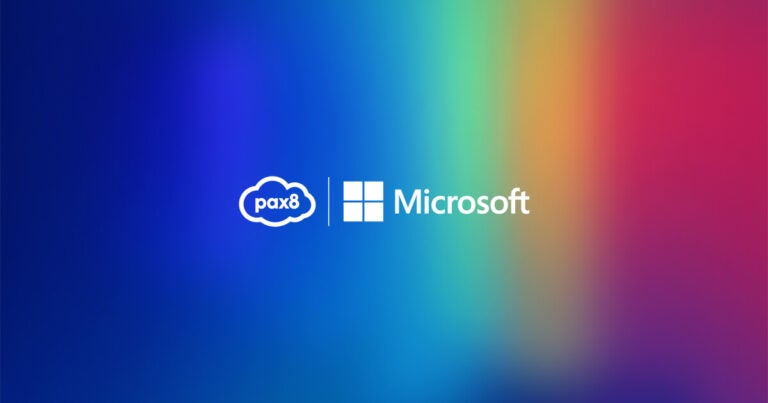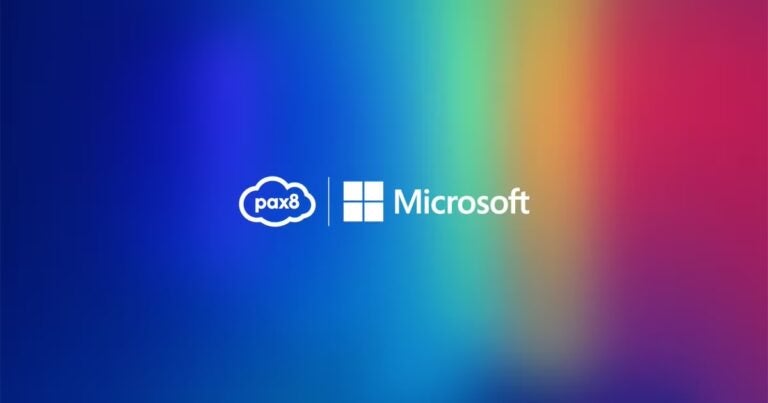Discover potential vulnerabilities in your security strategy.
No cybersecurity strategy is 100% foolproof, no matter how many solutions you’ve got in your security stack.
Businesses face a rising volume of cyberattacks that are becoming increasingly sophisticated and continue to evolve into new forms and methods. This is especially true in our current world of remote work, which creates greater exposure for company networks and data. And finally, employees are still, well, human — and prone to human mistakes that can lead to data breaches.
However, if you take a layered approach to security, are aware of common areas of vulnerability, and take the time to assess your clients’ security strategies on a regular basis, you can ensure that you don’t have any glaring weaknesses that can be easily exploited.
Below are seven areas of potential vulnerability that you should take into account when assessing your security strategy for clients.
1. Multi-factor authentication (MFA)
Passwords continue to be a weak link for many employees, who experience “password fatigue” due to the number of unique, complex passwords they are expected to maintain. This can lead to the greatest sin for password management — reusing passwords across accounts.
MFA strengthens access security by requiring a second form of authentication in addition to a password, such as codes sent via text or email or provided through authenticator apps.
Enabling and requiring MFA is one of the single most effective ways to drastically reinforce digital security. In fact, Microsoft reports that 99% of account hacks are blocked using MFA.
2. End user security awareness
The weakest link in your security chain? End users. People are fallible and mistakes can happen to anyone, especially if they are tired, stressed, or rushed.
Additionally, phishing emails continue to grow in sophistication, making them much harder to detect. Gone are the obvious scam emails full of grammar and spelling mistakes. These days, a phishing email can be spoofed to look exactly like one you get from your bank, down to the logo and email signature.
Users today have to be trained to become savvy to these new and improved phishing tricks — end user security awareness training is the best way to help them learn to identify and report suspected phishing attempts. And it has proven success, with 78% of end users not clicking on a single phishing email after training.
Additionally, the most successful security awareness campaigns promote a culture of security awareness within the company. This is best achieved through ongoing training programs, rather than a “one and done” training session.
3. Phishing and ransomware protection
Phishing is the leading cause for bad actors to gain entry into systems and data, while ransomware attacks continue to increase for businesses of all sizes.
To defend against phishing and ransomware, you should layer multiple methods and solutions. In addition to the end user training mentioned above, you should add behavior-based anti-phishing detection and response as part of your email security, and deploy robust endpoint security, DNS protection, firewalls, email backup and archiving, and a security operations center (SOC) or security operations center as a service (SOCaaS).
4. Data management and compliance
Data is the top resource for today’s businesses, but many organizations do not take care of their data hygiene. Can your clients answer questions, such as:
• Who has access to what data?
• Who should have access to what data?
• What data needs to be archived or encrypted?
• Can you prevent sensitive and personally identifiable information (PII) from leaving the organization?
These data management questions are especially important for organizations that fall under data compliance regulations, such as HIPAA, CJIS, CMMC, and PCI. Data leaks or breaches for these organizations can lead to massive fines and penalties.
Data loss prevention features can protect confidential and critical information from being accidentally shared, lost, leaked, or stolen through rule-based monitoring and alerts (e.g., “no number formats that indicate Social Security Numbers are allowed to be sent in outbound emails”).
For clients in industries such as healthcare that must comply with HIPAA, compliance software helps provide structured guidance to achieve and maintain HIPAA compliance, via assessments, training, and support.
5. Mobility and remote workers
In today’s world of remote work, company data is spread across a much wider surface area, including multiple devices per employee. This creates security weaknesses, with mobile devices now one of the most targeted entry points for incoming malware through malicious wireless networks, application vulnerabilities, and lost or stolen devices.
In fact, 79% of businesses say the proliferation of mobile applications has a major or significant impact on their cybersecurity strategies.
To add an extra layer of security to mobile endpoints, be sure to implement mobile security solutions, such as device management and application management, that can manage and protect mobile smartphones, tablets, laptops, and IoT devices.
6. Test and re-test
A strategy that’s never tested is just a hypothesis. It’s critical to perform regularly scheduled check-ins to assess security systems and processes, so you can ensure that everything is performing as planned.
For example, if you rolled out an end user security training program, check that all new hires have been enrolled and completed the courses. Or, if you have just implemented a new security stack, perform a vulnerability assessment or network penetration test to find and remediate any security gaps.
By assessing your clients’ security strategy regularly, you can catch vulnerabilities before they are able to be exploited by bad actors.
7. Check yourself
As an MSP, you are potentially one of the biggest threats to your downstream clients’ security. If you leverage a remote monitoring and management (RMM) tool, you have direct reach into your clients’ endpoints — which is the exact access a cybercriminal wants. An attacker who hacks an MSP’s RMM tool can push ransomware to every client at once, instead of breaking into each business one at a time.
That’s why it’s crucial that you protect yourself before you protect your clients! Always follow all the same best practices that you recommend to clients. Another benefit of using the same security stack internally that you sell to clients is that you gain first-hand knowledge of the solutions to make your sales pitch more genuine.
Find Out How Your Security Strategy Stacks Up
Need a boost when it comes to beefing up your security strategy? Our white-labeled Professional Services team can advise on mobile data management (MDM) and enterprise data management (EDM) solutions or provide advanced security guidance to keep your client environments safe.





